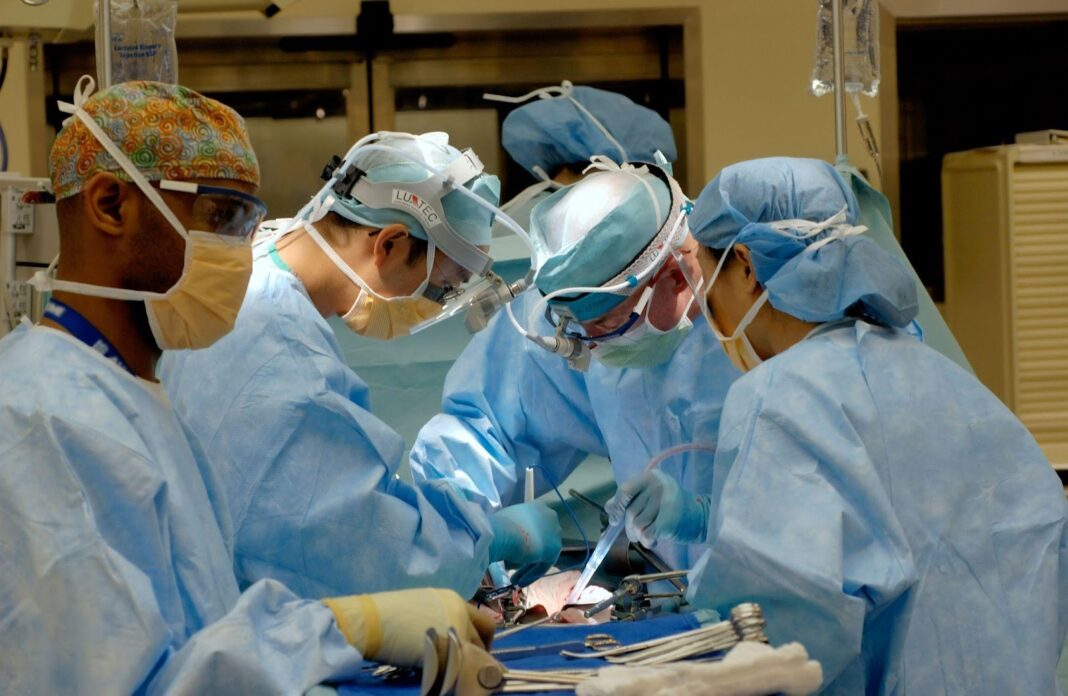Did you know that hip surgery has come a long way in the last few decades? Hip replacement surgeries used to be very invasive and required a long recovery time. However, thanks to advances in medical technology, there are now several minimally invasive hip replacement procedures available. Let’s go on a journey through time and see how hip surgery has evolved.
The Early Days of Hip Surgery
Hip surgery began around the 1950s in most locations with a procedure known as “open reduction and internal fixation.” This involved cutting open the hip joint to make repairs or replace the hip socket. It was a lengthy procedure that required several weeks of recovery, but it was effective in treating certain hip injuries.
After the treatment, patients would have to limit their activities and wear a brace for weeks or months, depending on the individual case. While more effective than other treatments at the time, this procedure had its limitations, such as the potential for complications due to scarring, infection, or fracture.
Developments in Hip Surgery
Soon enough, surgeons began to explore other methods of hip surgery. One major innovation was the advent of arthroscopic surgery in the 1970s. This form of procedure allows surgeons to view, diagnose, and treat hip joints without having to make large incisions. This minimally invasive approach has become a standard for hip surgery, allowing for a faster and less painful recovery.
In the 1990s, new technologies such as computed tomography (CT) scans enabled surgeons to better diagnose hip problems and identify potential treatments. In addition, the use of robotics in hip surgery allowed for more precise, controlled movements, resulting in smaller incisions and faster recovery times.
Today, hip surgery has become even more advanced with the development of image-guided techniques. These techniques allow surgeons to use 3-D imaging systems to accurately plan and perform hip surgery. The images are also used during surgery, giving the surgeon a real-time view of the hip joint and enabling them to make necessary adjustments.
The use of minimally invasive techniques has also had a major impact on hip surgery. Minimally invasive techniques involve the use of small incisions and specialized equipment, such as endoscopes, to access the hip joint without having to make a large incision. This results in less trauma to the hip and surrounding tissue, which can decrease postoperative pain and recovery time.
The development of new materials for use in hip joint replacements has also improved the outcome of hip surgery. New materials, such as ceramic-on-ceramic implants, are much stronger and more durable than previous materials. They also have a low wear rate and offer superior stability, reducing the risk of complications associated with traditional hip replacements.
Furthermore, training and education have come a long way in improving the outcome of hip surgery. Surgeons and other healthcare professionals now have access to a much wider range of information on best practices for hip surgery and post-operative care, enabling them to provide better care for their patients.
Common Hip Problems
So, why do people need hip surgery? The most common hip problems are due to the wear and tear of the hip joint. Osteoarthritis, which is caused by age-related wear and tear, is one of the most common causes. Other causes may include fractures, labral tears, bursitis and impingement, and avascular necrosis.
With hip surgery from a professional like Dr. David Slattery, surgeons can put hip joints back in place after fractures, and repair tears or damage due to other problems. Surgery also helps relieve pain and improve mobility in many circumstances.
